Alberto Alvarez
Towards Designer Modeling through Design Style Clustering
Apr 03, 2020
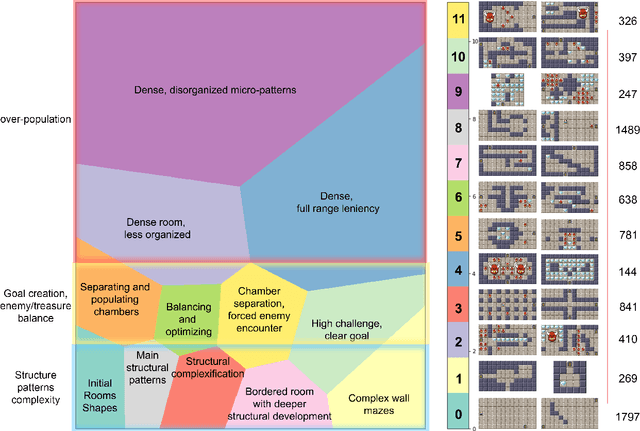
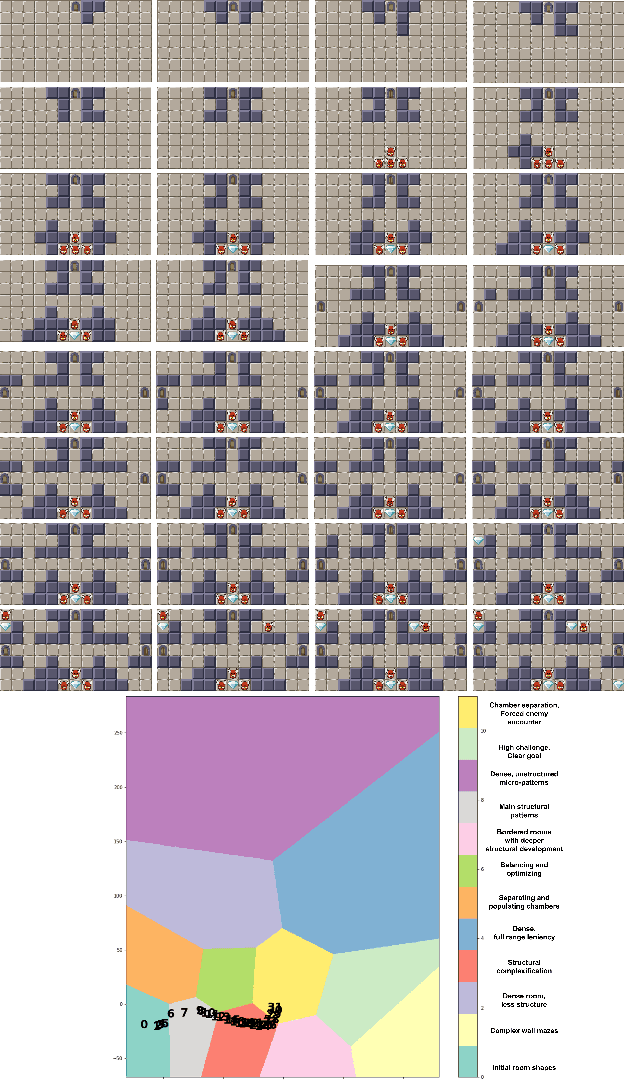
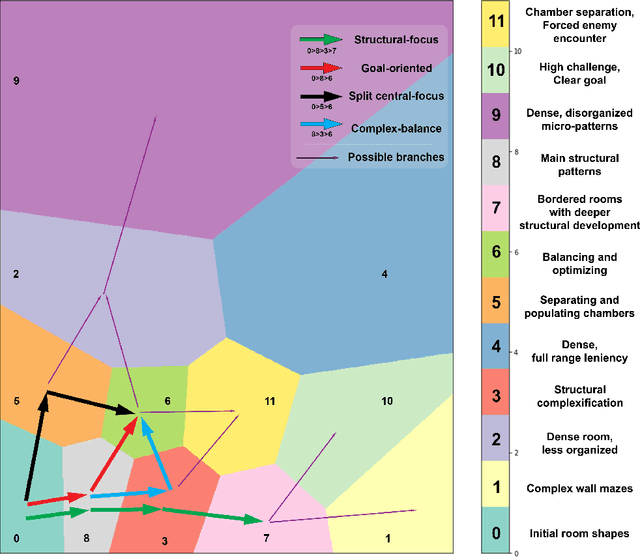
Abstract:We propose modeling designer style in mixed-initiative game content creation tools as archetypical design traces. These design traces are formulated as transitions between design styles; these design styles are in turn found through clustering all intermediate designs along the way to making a complete design. This method is implemented in the Evolutionary Dungeon Designer, a prototype mixed-initiative system for roguelike games. We present results both in the form of design styles for rooms, which can be analyzed to better understand the kind of rooms designed by users, and in the form of archetypical sequences between these rooms. We further discuss how the results here can be used to create style-sensitive suggestions. Such suggestions would allow the system to be one step ahead of the designer, offering suggestions for the next phase, assuming that the designer will follow one of the archetypical design traces.
Learning the Designer's Preferences to Drive Evolution
Mar 06, 2020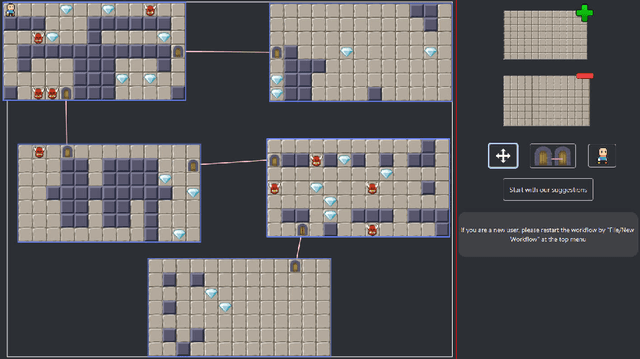
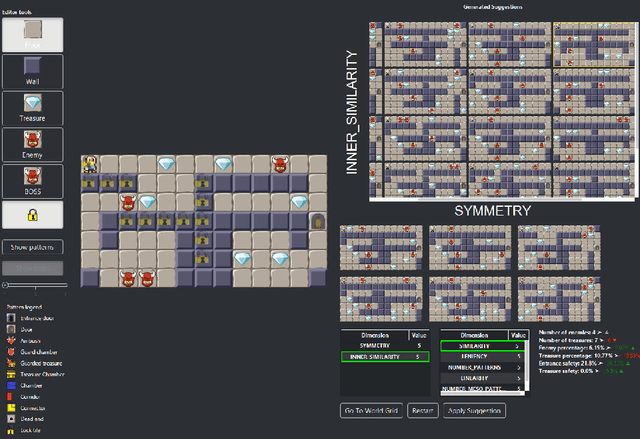
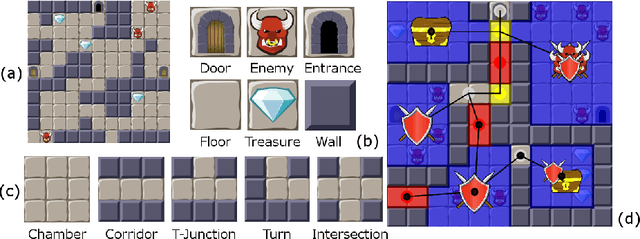
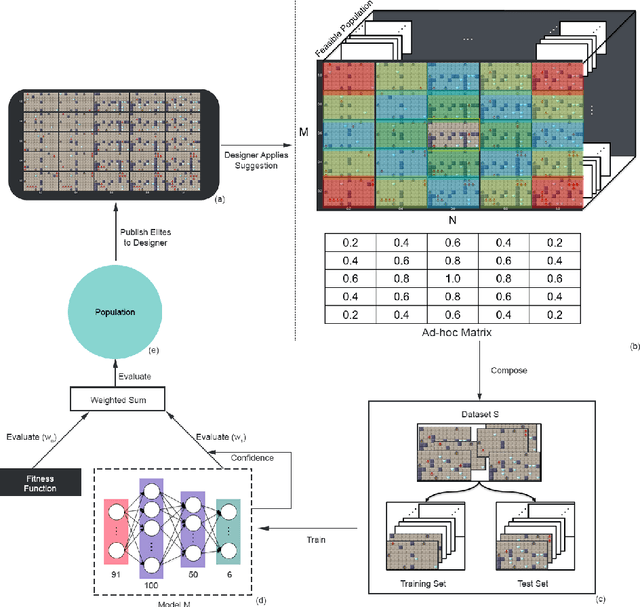
Abstract:This paper presents the Designer Preference Model, a data-driven solution that pursues to learn from user generated data in a Quality-Diversity Mixed-Initiative Co-Creativity (QD MI-CC) tool, with the aims of modelling the user's design style to better assess the tool's procedurally generated content with respect to that user's preferences. Through this approach, we aim for increasing the user's agency over the generated content in a way that neither stalls the user-tool reciprocal stimuli loop nor fatigues the user with periodical suggestion handpicking. We describe the details of this novel solution, as well as its implementation in the MI-CC tool the Evolutionary Dungeon Designer. We present and discuss our findings out of the initial tests carried out, spotting the open challenges for this combined line of research that integrates MI-CC with Procedural Content Generation through Machine Learning.
Interactive Constrained MAP-Elites Analysis and Evaluation of the Expressiveness of the Feature Dimensions
Mar 06, 2020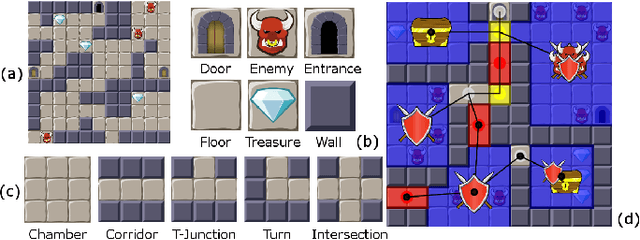
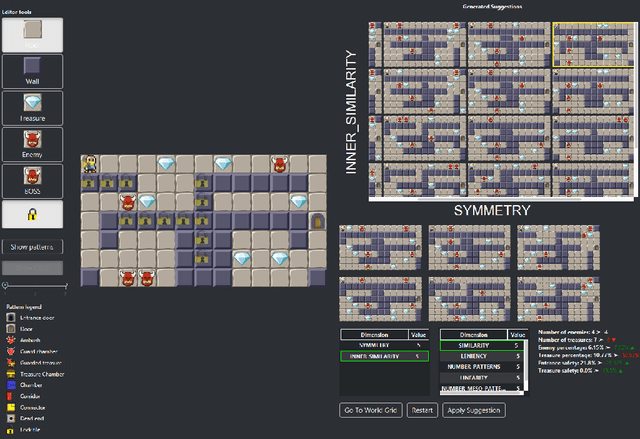

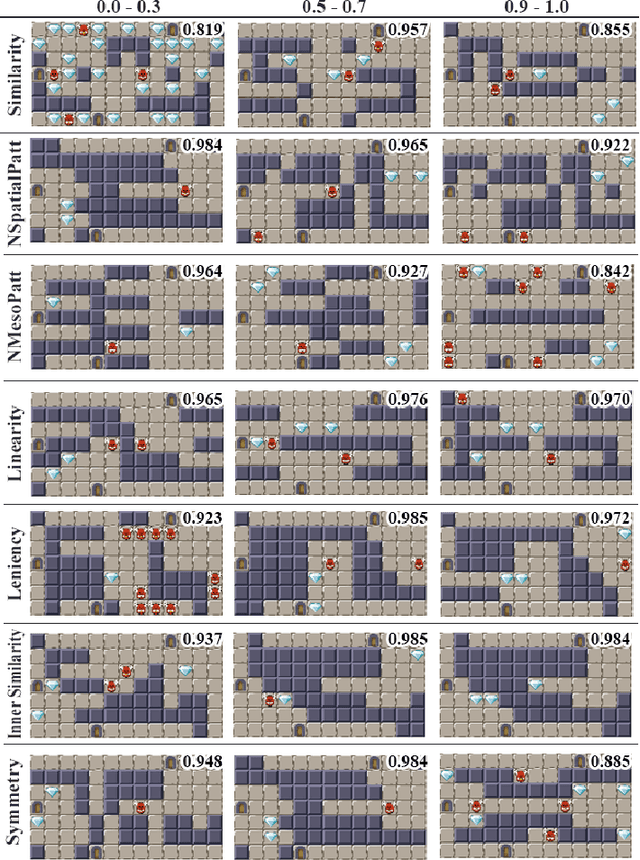
Abstract:We propose the Interactive Constrained MAP-Elites, a quality-diversity solution for game content generation, implemented as a new feature of the Evolutionary Dungeon Designer: a mixed-initiative co-creativity tool for designing dungeons. The feature uses the MAP-Elites algorithm, an illumination algorithm that segregates the population among several cells depending on their scores with respect to different behavioral dimensions. Users can flexibly and dynamically alternate between these dimensions anytime, thus guiding the evolutionary process in an intuitive way, and then incorporate suggestions produced by the algorithm in their room designs. At the same time, any modifications performed by the human user will feed back into MAP-Elites, closing a circular workflow of constant mutual inspiration. This paper presents the algorithm followed by an in-depth analysis of its behaviour, with the aims of evaluating the expressive range of all possible dimension combinations in several scenarios, as well as discussing their influence in the fitness landscape and in the overall performance of the mixed-initiative procedural content generation.
Empowering Quality Diversity in Dungeon Design with Interactive Constrained MAP-Elites
Jun 12, 2019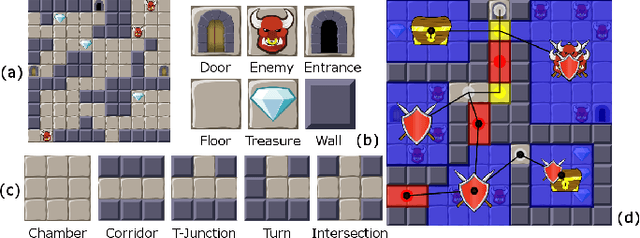
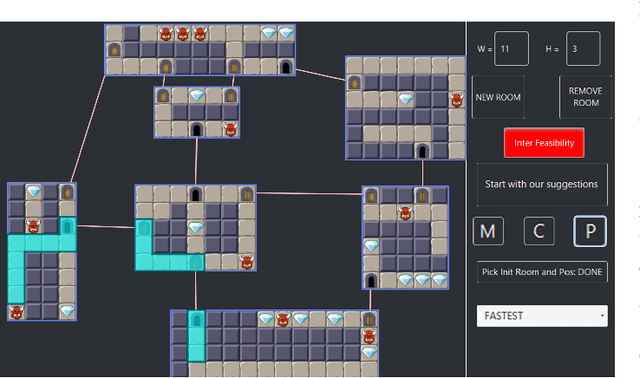
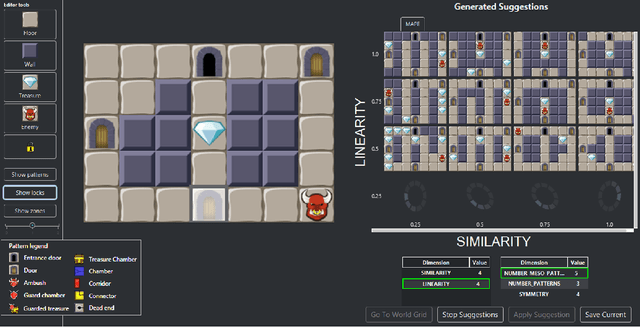
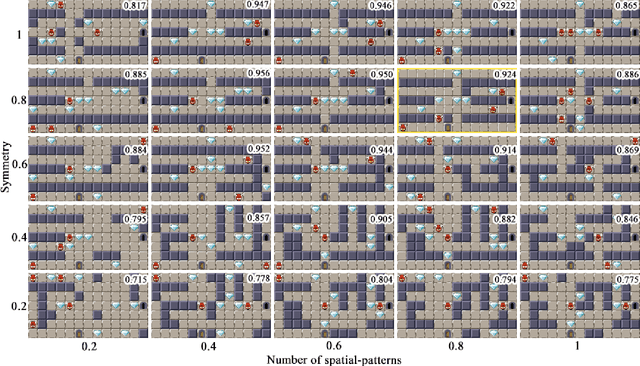
Abstract:We propose the use of quality-diversity algorithms for mixed-initiative game content generation. This idea is implemented as a new feature of the Evolutionary Dungeon Designer, a system for mixed-initiative design of the type of levels you typically find in computer role playing games. The feature uses the MAP-Elites algorithm, an illumination algorithm which divides the population into a number of cells depending on their values along several behavioral dimensions. Users can flexibly and dynamically choose relevant dimensions of variation, and incorporate suggestions produced by the algorithm in their map designs. At the same time, any modifications performed by the human feed back into MAP-Elites, and are used to generate further suggestions.
 Add to Chrome
Add to Chrome Add to Firefox
Add to Firefox Add to Edge
Add to Edge